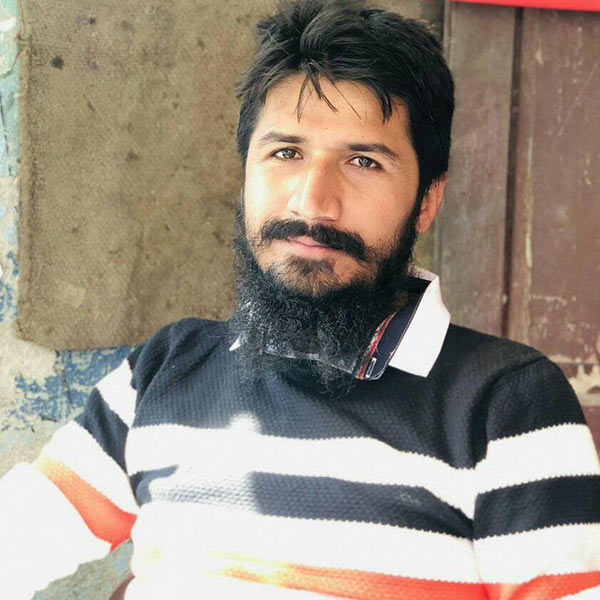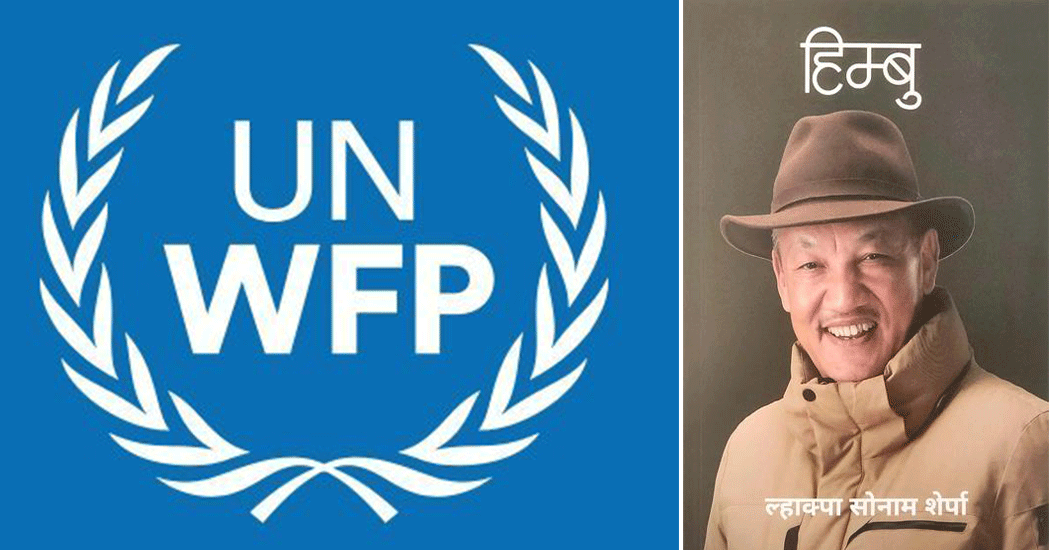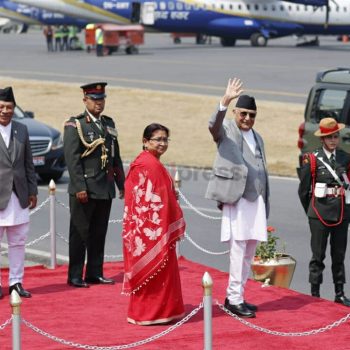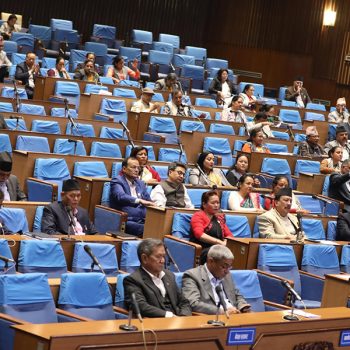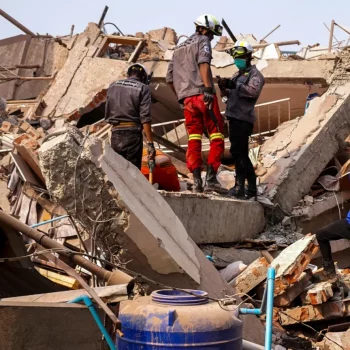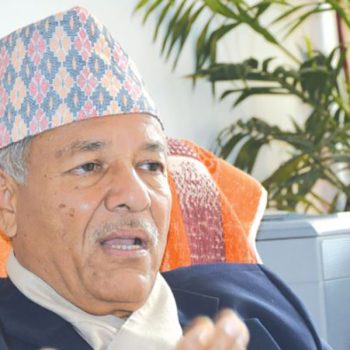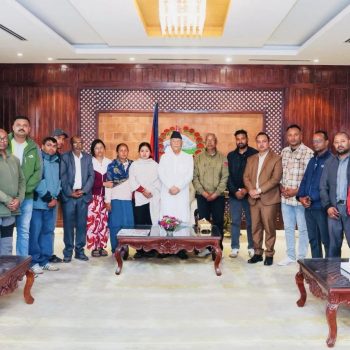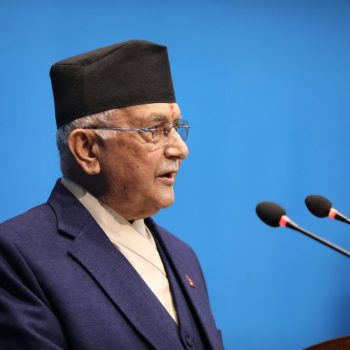Hisila Yami unearths untold stories of Maoist leaders
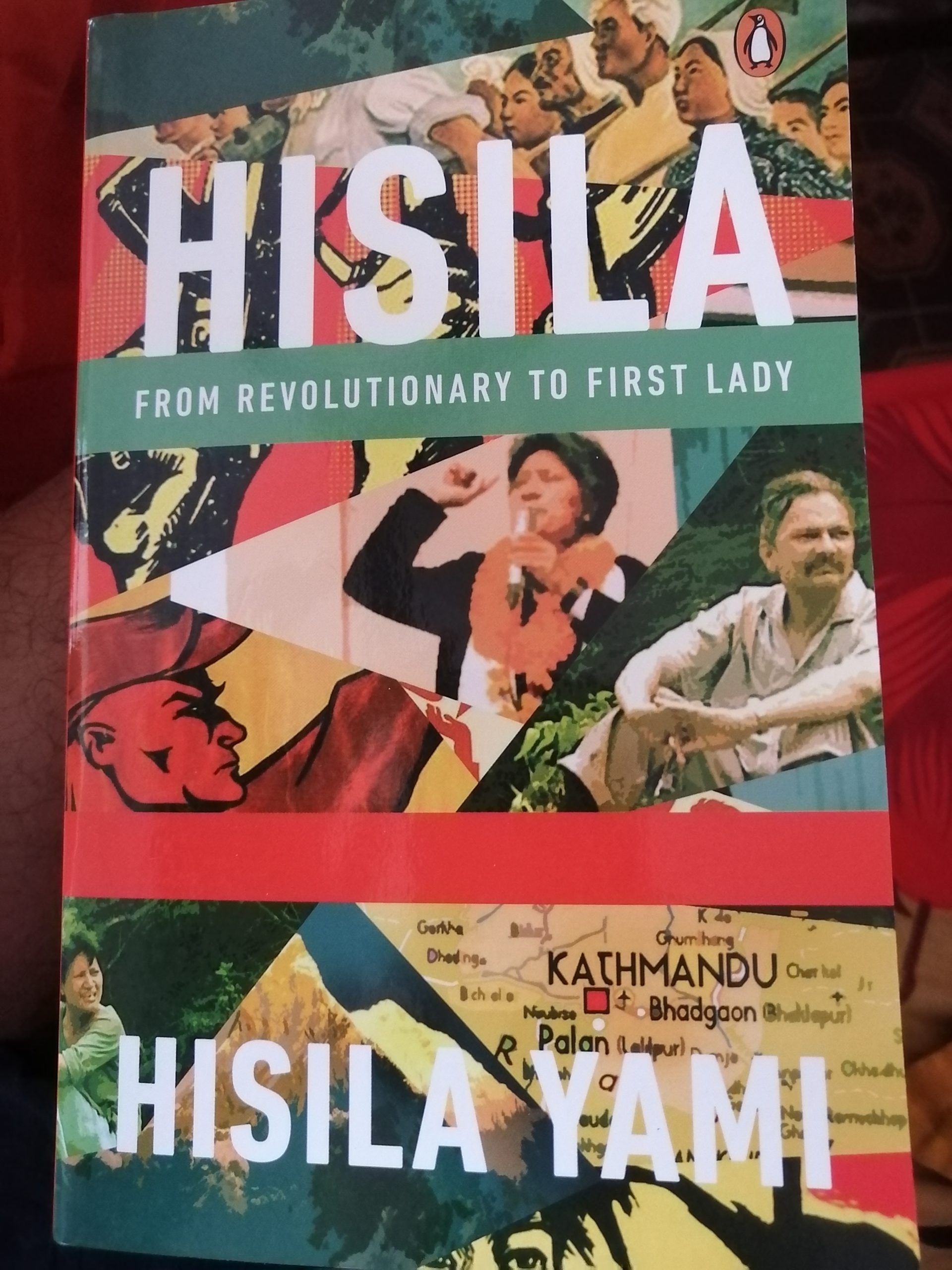
On September 6, 2012, US delisted Nepal’s Maoist party, formally known as Communist Party of Nepal (Maoist), as terrorist organisation. The USA removed Communist Party of Nepal (Maoist) from the list of terrorist organisation after nine years.
A sentence of the delisting notice read, ”After a thorough review, the Department has determined that the Communist Party of Nepal (Maoist) has no longer been engaged in terrorist activities that threatens the security of US nationals or US foreign policy.” US delisted Maoist party from terrorist organisation after they had laid down their weapons and formally integrated into the Nepali Army on April 10 that year.
When the Maoist party started the decade-long insurgency on February 13, 1996, it referred to the US as an ‘imperialist’ country. Interestingly, they have not formally renounced this phrase anymore. That might be the reason, the US Department of State added cautionary note to the delisting declaration which read: ”Today’s delisting does not seek to overlook or forget the party’s violent past, but rather looks ahead towards the party’s engagement in a peaceful, democratic political dialogue in Nepal.”
Later, senior leader of the Maoist party Dr Baburam Bhattarai was elected as the Prime Minister of Nepal. Hisila Yami became the first lady. Having already served in the top Maoist position and three-time minister, Yami did not take any ministerial portfolio during her husband’s premiership. The then former first lady and former veteran female leader of Nepal’s Maoist party has come up with her autobiographical book titled ‘Hisila Yami’. Ethnically marginalised but individually elite, Yami completed her higher education from India and in the UK. Before switching her full-time association to Nepal’s Maoist insurgency, Yami was a lecturer at the Pulchowk Engineering Campus, one of the best engineering colleges in Asia.
Yami is the first Maoist leader involved in decade-long insurgency in Nepal to bring out her autobiography. She has exclusively unearthed some untold and little known stories of Maoist insurgency, which killed over 17,000 people.
In her book, Yami has not praised Maoist but has talked about notorious traits of Maoist party and its leadership. Here are some exciting inside tales elaborated by Yami:
Many wives of Maoist leaders joined the insurgency to spy their husbands
In chapter 18 of her 38-chapter book, Yami talks about prevalent adultery inside Maoist during the time of insurgency. She said that Ram Bahadur Thapa aka Badal, a senior and married Maoist leader was found to have fallen in love with the then only female Central Committee (CC) member Pampha Bhusal. They were demoted and Badal was forced to do official works in Deharadhun, India and Bhusal was sent to work in a dotpen manufacturing factory in Kolkata, India. Other senior male leaders like Haribol Gajurel and Hemanta Prakash Oli were also charged of having affairs with their junior female comrades. Yami said that these incidents have forced many women to leave the Maoist party.
UN Officials met Maoist leaders during insurgency
When the government of Nepal officially designated Maoist as a ‘terrorist organisation’, US and UN officials, in an undiplomatic manner, met Maoist leaders. She said that UN diplomat Tamrat Samuel held a meeting with Maoist leaders during the insurgency. Yami, in chapter 23, has written, ”We met Tamrat Samuel, who was representing the UN in Nepal. He had come to discuss the modality of a peaceful solution to the conflict in the country.”
Hundreds of weapons outside mandated UN-observed cantonments
Following the Comprehensive Peace Accord in November 21, 2006, Maoist agreed to lay down their weapons and decided keep 32,250 ex-combatants in seven major and 21 other satellite cantonments in Nepal. United Nations Mission in Nepal (UNMIN), at the request of Nepali stakeholders, entered into Nepal’s Peace Process on January 23, 2007. All weapons were said to have kept in the cantonments under the constant watch of the UN officials. Yami, in chapter 28, however, said that the Maoist had 400 modern weapons outside the cantonments. Yami said the then PM Girija Prasad Koirala was also aware of this situation.
Maoist Chairman Dahal floats proposal to sell weapons to foreign agency
Yami said that Maoist Chair Puspa Kamal Dahal ‘Prachanda’ had floated a proposal to sell the Maoist weapons to the foreign agency. Yami said that her husband Baburam Bhattarai piled pressure on Dahal to roll back its decision to sell the weapons to the foreing agency. She has described this story in chapter 30.
Use of child soldiers in Maoist war
Human Rights Watch had said that the party had used child soldiers in many battles. Yami has confessed that the Maoist had used child soldiers during the war with the state. In chapter 24, Yami has written, ”Children as young as fifteen… were given military training.”
When the Maoist combatants were integrated in Nepal Army based on their meritocracy, only 1,422 out of 32,205 ex-combatants were integrated. Among the disqualified combatants, 4,009 were child combatants verified by the UNMIN, Yami disclosed in chapter 37.
Maoist Chair himself was ‘centrist’ and ‘consumerist’
The Maoist was branded as ‘ultra-left’ and ‘terrorist’ outfit during the insurgency. Yami called Maoist Chair Prachanda as ‘centrist’ in chapter 33. She has written, ”Essentially, Prachanda was a ‘centrist’ who vacillated between BRB’s viewpoint and Kiran’s beliefs.”
BRB is the abbreviation of Baburam Bhattarai, the husband of Yami, who was known as little liberal among Maoist. BRB however, left Maoist on September 16, 2015 to form his own ‘socialist’ party. Yami joined him later.
Kiran is Mohan Baidhya, a leader known inside the Maoist party an orthodox Marxist. Kiran, like Baburam, has also parted ways with Dahal to form his own party.
Yami said Prachanda used to drink every night, something forbidden among Maoist leaders and cadres. Yami, in chapter 33, has written, ”Prachanda did not hesitate to enjoy consumerism whenever he could. He sported expensive watches and preferred expensive cars.”


